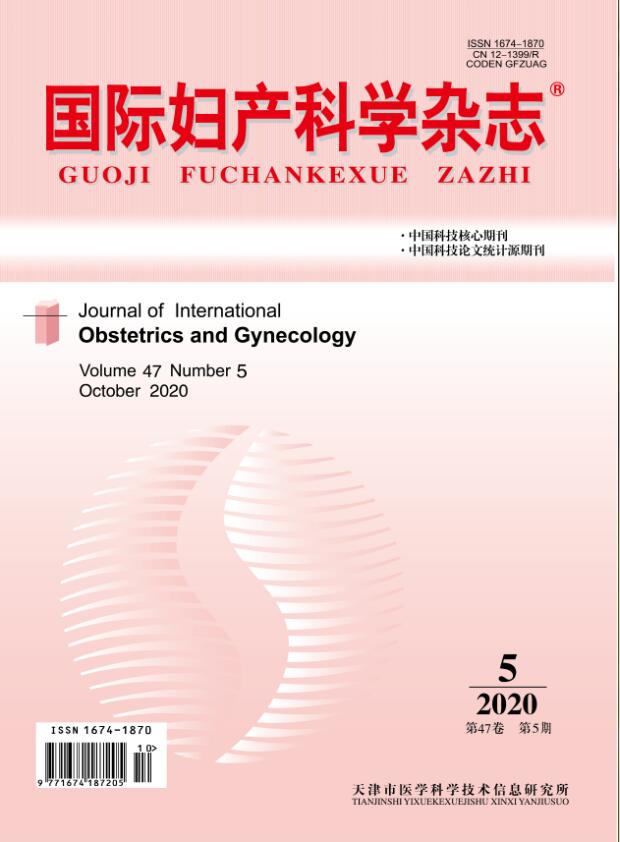|
|
The Correlative Study between Blood Flow Measurements and Microvessel Density Assessments in Ovarian Epithelial Serous Tumors
PANG Yu-lan;XUE Hong-xia;JIAO Tong;LI Hui-dong
2015, 42 (6):
626-629.
Objective:To explore the resistance index(RI) and vessel class characteristics of different pathological nature of ovarian epithelial serous tumors with similar morphological characteristics, and the correlation between the two and microvessel density(MVD) and clinical reference value. Methods:To retrospectively analyse 76 cases of ovarian serous tumor patients treated in October 2012—July 2014 from Tianjin Renmin Hospital and Tianjin Central Hospital of Gynecology and Obstetrics , divided into 3 groups according to the postoperative pathologic results: benign group(30 cases), the pathological results for benign serous cystadenoma with solid organization or nipple samples, excluding simple ovarian serous cystadenoma; border group(24 cases), pathological results as borderline serous cystadenoma; stageⅠcarcinoma group(22 cases), pathological results for serous cystadenocarcinoma, the International Federation of Gynecology and Obstetrics(FIGO) ovarian carcinoma stage for stage Ⅰ. Observed by Transvaginal Color Doppler Ultrasound(TVCDU), vascular RI and Three-dimensional Color Power Doppler Angiography(3D-CPA) vessel class, evaluated the blood flow characteristics of ovarian serous tumors, and the correlation between MVD and the two parameters were researched. Results:There was statistically significant difference of MVD in different pathological nature of ovarian serous tumor(F=69.08, P<0.001), and stageⅠcarcinoma group was the highest among 3 groups(P<0.001); Compared RI of 3 groups, difference was statistically significant(F=17.36, P<0.001), the benign tumor group was higher than the border group and stageⅠcarcinoma group(P<0.001), the border and stageⅠcancer group without statistical difference(P>0.05); 3D-CPA vessels class of 3 groups was different from each other, statistically significantly(χ2= 27.263,P<0.001), of which the benign group is priority toⅠvessel class(63.3%), border and stageⅠcarcinoma group is priority toⅡ、Ⅲvessel class(70.8%, 100%, respectively), benign group compared with border group and stageⅠcarcinoma group respectively, statistically significantly(P<0.017), the border groups and stageⅠcancer group without statistical difference(P=0.034>0.017). 3D-CPA vessel class was positively correlated with MVD (rs=0.794, P>0.01), while RI was negatively correlated with MVD (r=-0.786, P<0.01). Conclusions:RI and 3D-CPA vessel class can be used to evaluate tumor vascular blood flow characteristics before operation, which provides important clinical reference value to identify the pathological nature of ovarian serous tumor for those have similar morphological characteristics.
Related Articles |
Metrics
|

